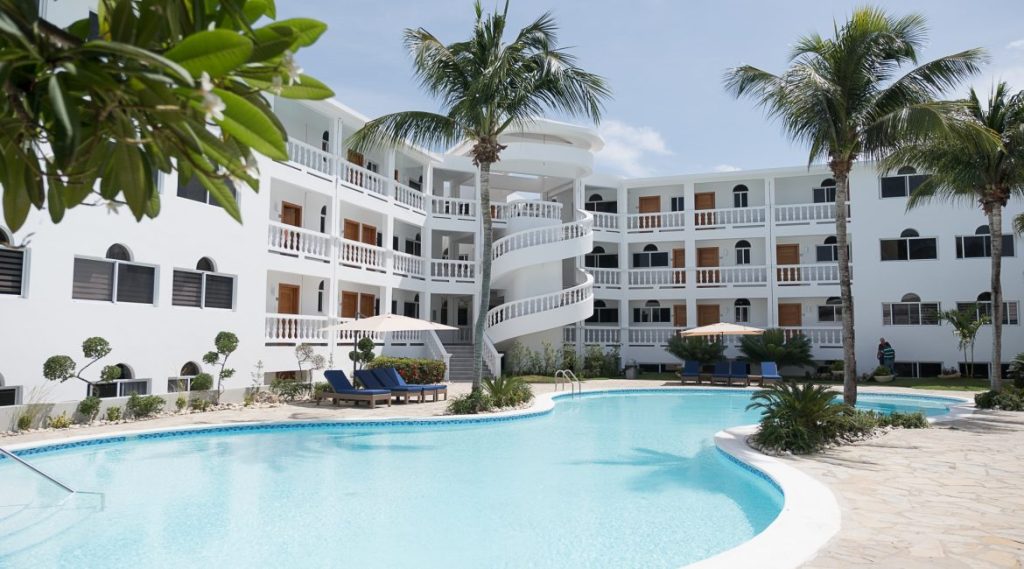The future of work and home is undergoing a transformative shift, significantly impacting the landscape of residential real estate. The global adoption of remote work, accelerated by technological advancements and the lessons learned during the COVID-19 pandemic, has spurred a reevaluation of the traditional office-centric work model. As businesses increasingly embrace flexible work arrangements, individuals are prioritizing the design and functionality of their homes like never before. This paradigm shift is influencing the demand for residential properties in profound ways. One key aspect shaping the future of residential real estate is the rising prominence of remote work. With the ability to work from anywhere, individuals are no longer tethered to urban centers for employment opportunities. Subsequently, this has led to a surge in demand for homes in suburban and rural areas, where people seek more space, tranquility, and proximity to nature. Commute times are no longer a top priority, as the emphasis shifts towards creating a comfortable and productive home environment.

As a result, real estate markets in suburban and rural regions are experiencing heightened demand, prompting developers to explore new projects in these previously overlooked areas. The concept of a home office has become a crucial consideration for both homebuyers and renters. Dedicated office spaces or the potential to convert rooms into work areas have become significant selling points in the real estate market. Homebuyers now prioritize properties with adaptable spaces that can accommodate remote work, highlighting a growing need for flexibility in the design and layout of homes. Architects and developers are responding to this shift by incorporating innovative and multifunctional designs to meet the evolving demands of the workforce. Furthermore, the lines between residential and commercial real estate are blurring, giving rise to mixed-use developments that integrate both living and working spaces. This trend reflects a desire for a more balanced lifestyle, where individuals can seamlessly transition between work and leisure within the confines of their residential communities.
Developers are incorporating cabarete real estate co-working spaces, communal amenities, and recreational facilities within residential complexes to cater to this evolving preference, creating a more holistic and interconnected living experience. Technology is also playing a pivotal role in shaping the future of residential real estate. Smart home features, high-speed internet connectivity, and integrated automation systems are becoming standard offerings, enhancing the overall appeal of a property. As the boundary between work and home continues to blur, the integration of technology in residential spaces is set to become even more sophisticated, catering to the evolving needs of a tech-savvy and remote workforce. In conclusion, the future of work and home is ushering in a new era for residential real estate. The increased acceptance of remote work, coupled with changing lifestyle preferences, is driving demand for properties that offer flexibility, functionality, and a harmonious work-life balance. Developers and real estate professionals are adapting to these shifts by exploring innovative designs and embracing technology, ultimately shaping a dynamic and resilient residential real estate market.